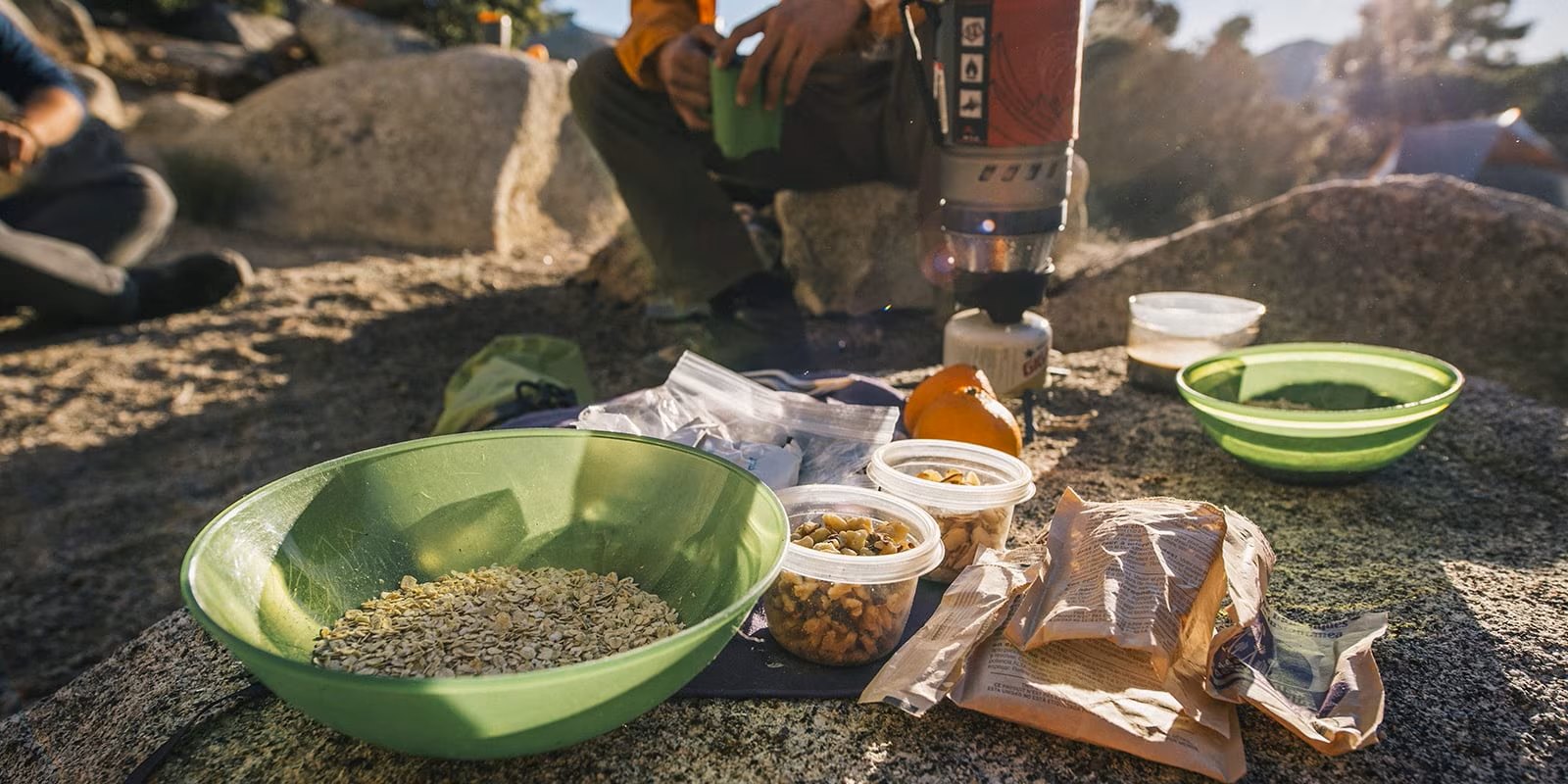

Articles
How To Store Food While Backpacking
Modified: January 6, 2024
Learn valuable tips and tricks for storing food while backpacking in this informative articles. Discover how to keep your food fresh and safe during your outdoor adventures.
(Many of the links in this article redirect to a specific reviewed product. Your purchase of these products through affiliate links helps to generate commission for Storables.com, at no extra cost. Learn more)
Introduction
When embarking on a backpacking adventure, one of the key considerations is how to store food to ensure it remains fresh, safe, and enjoyable throughout the journey. Proper food storage not only preserves the quality and taste of your meals but also helps prevent spoilage and foodborne illnesses in the wilderness.
In this article, we will explore various strategies for storing food while backpacking, including choosing the right containers, packing dry and perishable items, handling fresh produce, and maintaining proper hygiene practices. With the right techniques and a little planning, you can enjoy delicious and nourishing meals under the open sky.
So, let’s dive into the world of backpacking food storage and discover how to make the most of your culinary adventures in the great outdoors!
Key Takeaways:
- Plan ahead for diverse, balanced meals and choose lightweight, airtight containers for efficient backpacking food storage. Proper hygiene and waste management enhance the culinary adventure while respecting nature.
- Utilize resealable bags for dry items, cooling solutions for perishables, and breathable containers for fresh produce. On-the-go storage solutions and proper hygiene practices ensure convenient, safe, and enjoyable backpacking meals.
Read more: How To Store Backpacking Gear
Planning for Backpacking Food Storage
Before embarking on your backpacking trip, it is crucial to plan your food storage strategy meticulously. Proper planning ensures that you have enough food to sustain you throughout the journey without any unnecessary weight or waste. Here are some tips to help you plan your backpacking food storage:
- Know your trip duration: Determine the length of your trip to estimate the number of meals and snacks you will need. This will help you calculate the amount of food to pack.
- Consider meal variety: Plan a diverse menu that includes a mix of proteins, carbohydrates, and healthy fats. Aim for a balance of lightweight and nutrient-dense options.
- Account for dietary restrictions: If you have specific dietary restrictions or allergies, ensure that you have suitable alternatives available. Consider packing options such as gluten-free, dairy-free, or vegan foods.
- Understand the climate: Take the weather conditions into account when selecting food items. If you are traveling in hot or humid climates, choose food that can withstand high temperatures without spoiling.
By carefully considering these factors, you can plan your backpacking food storage effectively and avoid any potential issues during your journey. So, take the time to plan ahead and make your trip a success!
Choosing the Right Food Containers
When it comes to backpacking food storage, choosing the right containers is essential for keeping your food fresh, organized, and easy to access. Here are some factors to consider when selecting food containers for your backpacking adventure:
- Weight and Size: Opt for lightweight and compact containers that won’t add unnecessary weight to your backpack. Look for containers made from durable materials like BPA-free plastic or lightweight metals.
- Airtight and Waterproof: Ensure that your food containers are airtight and waterproof to prevent any moisture from seeping in. This will help preserve the freshness of your food and protect it from spills or leaks.
- Stackable and Collapsible: Choose containers that are stackable and collapsible to maximize space in your backpack. Look for collapsible bowls, plates, or cups that can be easily stored when not in use.
- Clear and Labelled: Opt for containers that are clear or have a transparent window so you can easily identify the contents without opening them. Additionally, labeling your containers with the contents and expiry dates can help you stay organized and prevent any mix-ups.
- Sustainable Options: Consider using reusable food containers or eco-friendly options like silicone bags or beeswax wraps. These alternatives are not only better for the environment but also help reduce waste during your backpacking trip.
Remember, choosing the right food containers is crucial for efficient backpacking food storage. Take your time to research and invest in quality containers that suit your needs and preferences. With the right containers, you can keep your food fresh, organized, and easily accessible throughout your adventure.
Packing Dry Food Items
Dry food items are a staple in backpacking food storage as they are lightweight, non-perishable, and easy to prepare. Here are some tips for efficiently packing dry food items:
- Use Resealable Bags: Transfer dry food items like granola, nuts, or dried fruits into resealable bags. They take up minimal space, are lightweight, and help keep your food fresh and protected from moisture.
- Create Meal Kits: Pre-portion dry ingredients for your meals into individual bags or containers. This makes meal preparation easier and eliminates the need to carry larger packages.
- Consider Dehydrated Meals: Dehydrated meals are a great option for backpacking as they are lightweight, compact, and require minimal preparation. Simply add hot water, and your meal is ready to enjoy.
- Pack Spices and Condiments: To add flavor to your meals, pack small amounts of spices, herbs, and condiments in compact containers or mini plastic bottles. Label them to avoid any mix-ups.
- Mindful Packing: Consider the weight and bulk of dry food items when packing. Opt for lightweight options like instant rice, pasta, or oatmeal that can be easily rehydrated with boiling water.
Packing dry food items efficiently allows you to conserve space and reduce weight in your backpack while ensuring you have the necessary nutrition for your journey. By considering portion sizes and individual meal kits, you can save time and effort during meal preparation and enjoy your food without any excess waste.
Packing Perishable Food Items
Packing perishable food items requires extra care to maintain their freshness and prevent spoilage. While it may seem challenging to bring perishable foods on a backpacking trip, here are some tips to help you pack them safely:
- Choose the Right Perishable Foods: Opt for foods that have a longer shelf life and are less prone to spoilage, such as hard cheeses, cured meats, or vacuum-sealed fish. These items can withstand the rigors of backpacking better than delicate fresh produce.
- Cooling Solutions: If you plan to bring perishable items like fresh fruits, vegetables, or dairy products, consider using a small portable cooler with ice packs or frozen gel packs. This will help maintain a low temperature and extend the shelf life of these foods.
- Proper Wrapping and Storage: Wrap perishable food items tightly in plastic wrap or foil to prevent air exposure and minimize the risk of spoilage. Store them in a separate compartment of your backpack to avoid cross-contamination if any leakage occurs.
- Consume Perishable Items Early: Plan your meals in a way that allows you to consume perishable items early in your trip when they are still fresh. This prevents the risk of spoilage and ensures you enjoy them at their best quality.
- Choose Dehydrated Alternatives: Consider using dehydrated versions of perishable food items, such as freeze-dried fruits or vegetables, as they have a longer shelf life and are lighter to carry.
It is important to note that perishable food items should be consumed within a safe time frame to prevent foodborne illnesses. When in doubt, it is better to err on the side of caution and choose non-perishable options or those with a longer shelf life for your backpacking trip.
By following these guidelines, you can pack perishable food items safely and enjoy their freshness while minimizing the risk of spoilage or foodborne illnesses during your backpacking adventure.
When backpacking, store food in airtight, odor-proof containers to prevent attracting wildlife. Hang food in a bear bag or use a bear-resistant canister to keep it safe.
Read more: How To Store Bags And Backpacks
Properly Storing Fresh Produce
Fresh produce is a great source of nutrients and adds a refreshing element to your backpacking meals. However, it requires specific storage methods to maintain its freshness and prevent it from spoiling. Here are some tips for properly storing fresh produce during your backpacking trip:
- Choose Hardy Fruits and Vegetables: Opt for fruits and vegetables that can withstand the rigors of backpacking. Hardy options like apples, oranges, carrots, and bell peppers tend to last longer without refrigeration.
- Preparation and Wrapping: Clean and dry your fresh produce thoroughly before packing. Wrap delicate items individually in a paper towel to absorb excess moisture and help prevent bruising.
- Utilize Breathable Containers: Avoid using airtight containers for fresh produce as it can lead to condensation and spoilage. Instead, use breathable containers or mesh bags that allow air circulation.
- Store in a Cool, Shaded Place: Keep fresh produce in a cool, shaded area of your backpack to maintain its crispness and prevent sun exposure. Avoid storing them near the stove or any heat sources.
- Consume Perishable Produce Early: If you are carrying perishable produce like leafy greens or berries, plan your meals to consume them early in your trip while they are still fresh.
- Consider Dehydrated or Freeze-Dried Options: If you want to enjoy fresh produce flavor without the concern of spoilage, consider using dehydrated or freeze-dried fruits and vegetables that have a longer shelf life.
Remember, fresh produce has a limited lifespan, especially in a backpacking setting. While it adds nutrition and variety to your meals, it’s important to be realistic about how long it will stay fresh and plan accordingly. By following these tips, you can prolong the freshness of your fresh produce and savor the flavors of nature throughout your backpacking journey.
Utilizing On-the-Go Food Storage Solutions
When you’re on the move during your backpacking adventure, utilizing on-the-go food storage solutions can make mealtime more convenient and efficient. Here are some helpful tips for maximizing on-the-go food storage:
- Snack-size Containers: Use small, snack-size containers to portion out individual servings of trail mix, dried fruits, or energy bars. This allows for quick and easy access to snacks while you’re on the trail.
- Ziplock Bags: Ziplock bags are versatile and can be used to store a variety of foods. Use them to carry lightweight, non-perishable snacks or to pack sandwiches, wraps, or leftover meals.
- Bento-style Containers: Bento-style containers with multiple compartments are perfect for organizing and carrying a balanced meal. You can pack proteins, carbohydrates, and fruits or vegetables separately to keep them fresh and prevent flavors from mixing.
- Collapsible Containers: Invest in collapsible food containers that take up minimal space in your backpack when empty but expand to hold a full meal. These containers are lightweight, easy to clean, and convenient for storing leftovers.
- Insulated Food Jars: Insulated food jars are excellent for keeping hot meals warm for hours. Pack soups, stews, or even cooked grains in these jars for a satisfying and comforting meal on the trail.
- Hydration Bladders: Hydration bladders are not only for water; they can also be used to store and dispense other liquids like homemade energy drinks or fruit-infused water. They are lightweight, easy to carry, and have a convenient drinking tube.
By utilizing these on-the-go food storage solutions, you can enjoy convenient and hassle-free meals while backpacking. They not only keep your food organized and easily accessible but also help minimize waste and cleanup.
Remember to pack these containers strategically in accessible pockets or compartments of your backpack so that you can grab a snack or meal quickly whenever you need that extra burst of energy while exploring the great outdoors!
Managing Food Waste and Leftovers
Properly managing food waste and leftovers is crucial for minimizing your environmental impact and ensuring a clean backpacking experience. Here are some tips for effectively managing food waste and leftovers on your trip:
- Portion Control: When preparing meals, practice portion control to avoid excess food that might go to waste. Start with smaller portions and adjust accordingly based on your hunger level.
- Repackage Ingredients: Repackage ingredients like spices, sauces, and condiments in smaller, lightweight containers to minimize waste and avoid carrying excess packaging.
- Plan for Leftovers: Incorporate leftover-friendly recipes into your meal plan. For example, use leftover cooked chicken to make sandwiches or add vegetable scraps to create a flavorful soup.
- Practice Leave-No-Trace Principles: Follow Leave-No-Trace principles when disposing of food waste. Pack out all food scraps and dispose of them properly in designated trash bins or compost facilities.
- Composting: If you are backpacking in an area where it is safe and allowed, consider bringing a small, lightweight portable composting system to responsibly dispose of food waste and minimize your environmental impact.
- Reuse and Recycle: Whenever possible, pack snacks and meals in reusable containers to reduce single-use waste. Remember to recycle any packaging that can be recycled when you have access to proper disposal facilities.
By being mindful of food waste and leftovers, you can reduce the amount of trash you generate on your backpacking trip and leave nature as pristine as you found it. Plus, repurposing leftovers and practicing environmentally friendly habits can add creativity and diversity to your meals.
Remember, the goal is to leave only footprints and memories behind, so make a conscious effort to manage your food waste responsibly and leave the wilderness untouched by unnecessary waste.
Maintaining Proper Hygiene Practices
Maintaining proper hygiene practices while backpacking is essential for your health and well-being. Here are some tips to help you stay clean and healthy during your trip:
- Hand Hygiene: Wash your hands regularly with soap and clean water, especially before handling food or eating. If water is scarce, use hand sanitizer with at least 60% alcohol content.
- Dishwashing: Clean your eating utensils, cookware, and food containers thoroughly after each use. Use biodegradable soap and hot water to wash, and if necessary, scrub with a small brush or sponge.
- Water Purification: Ensure the water you consume is safe by purifying it. Use methods such as water filters, purifying tablets, or boiling for at least one minute to kill any harmful bacteria or parasites.
- Campsite Hygiene: Keep your campsite clean by properly disposing of food scraps and waste. Store food in designated containers or hang them from a bear-resistant line to prevent attracting wildlife.
- Personal Hygiene: Maintain personal hygiene by bringing biodegradable soap, toothpaste, and a toothbrush. Brush your teeth away from water sources, and pack out any waste in sealed bags.
- Clothing and Body Care: Keep yourself clean by changing into clean clothes and washing them regularly. Use wet wipes or a small towel and water for sponge baths when showers are not available.
- Proper Disposal of Waste: Pack out all non-biodegradable waste, such as toilet paper, feminine hygiene products, and any other personal waste. Use designated waste bags and dispose of them properly in designated trash receptacles.
Proper hygiene practices are crucial for preventing illnesses and maintaining a hygienic camping environment. By following these tips, you can stay clean, minimize environmental impact, and enjoy a comfortable and safe backpacking experience.
Remember that maintaining proper hygiene not only keeps you feeling good physically but also contributes to the overall enjoyment and well-being of your backpacking trip.
Read more: How To Store Backpacks In Closet
Conclusion
Proper food storage while backpacking is essential for ensuring your meals remain fresh, safe, and enjoyable throughout your journey. By planning ahead, choosing the right containers, and utilizing various storage methods, you can optimize your backpacking food storage and enhance your culinary experience in the great outdoors.
When it comes to dry food items, resealable bags, portioning, and meal kits can help keep them organized and easily accessible. Perishable items require extra care, including using cooling solutions and consuming them early in your trip. Fresh produce can be stored properly by selecting hardy options, using breathable containers, and consuming them early as well. On-the-go food storage solutions such as snack-size containers and bento-style containers make it convenient to enjoy meals while on the move.
Managing food waste and leftovers responsibly is just as important. By practicing portion control, reusing containers, and properly disposing of waste, you can minimize your environmental impact and leave no trace behind.
Lastly, maintaining proper hygiene practices ensures your health and well-being during your backpacking adventure. Always prioritize hand hygiene, dishwashing, water purification, and personal hygiene to keep yourself clean and prevent illnesses.
In conclusion, with careful planning, the right containers, and efficient storage methods, you can have a delicious and nourishing backpacking experience. By minimizing waste, maintaining hygiene, and respecting the environment, you can fully enjoy the beauty of nature while savoring every meal on your journey. So, prepare your food storage strategy, pack your backpack, and embark on a memorable and satisfying adventure in the wilderness!
Frequently Asked Questions about How To Store Food While Backpacking
Was this page helpful?
At Storables.com, we guarantee accurate and reliable information. Our content, validated by Expert Board Contributors, is crafted following stringent Editorial Policies. We're committed to providing you with well-researched, expert-backed insights for all your informational needs.
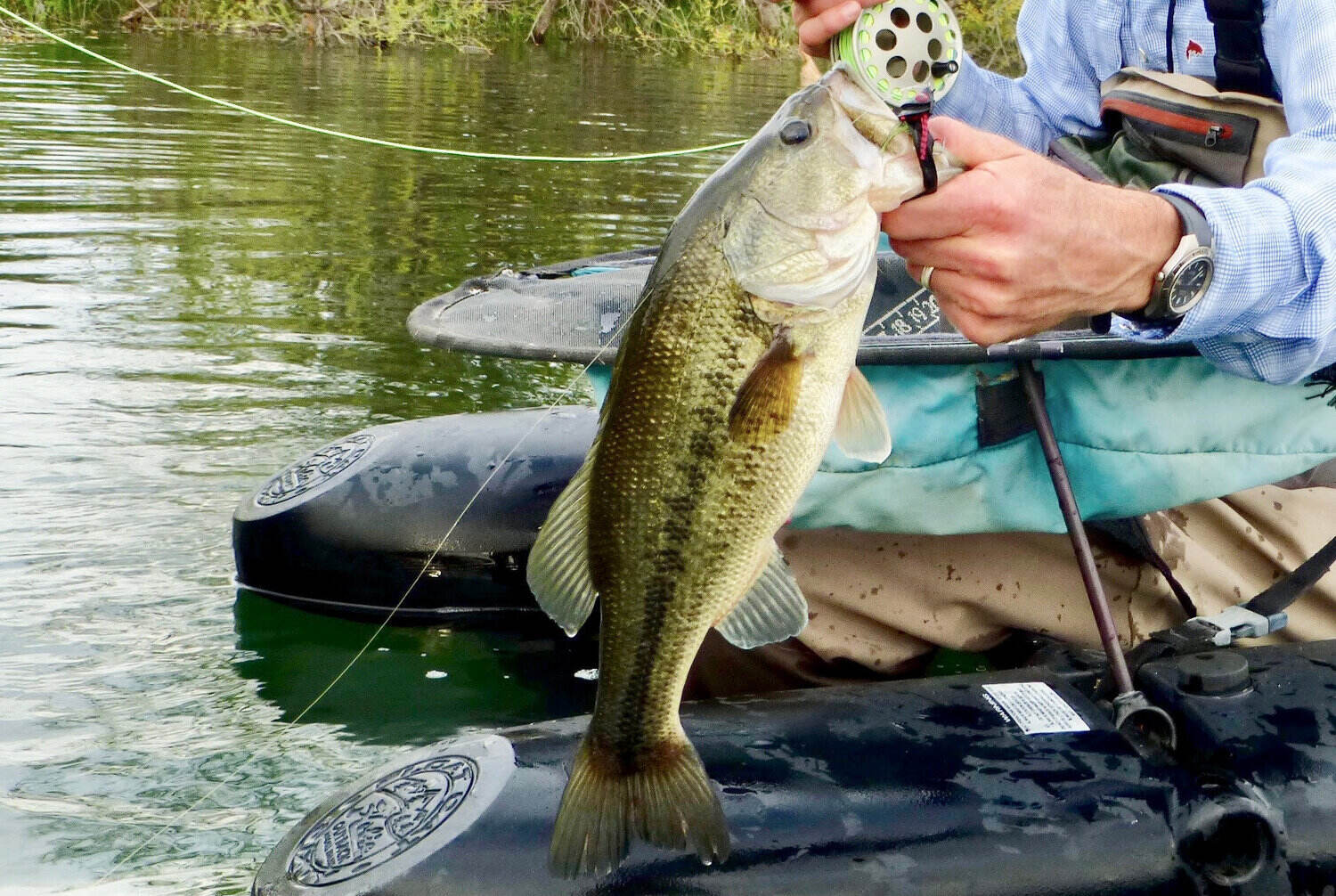


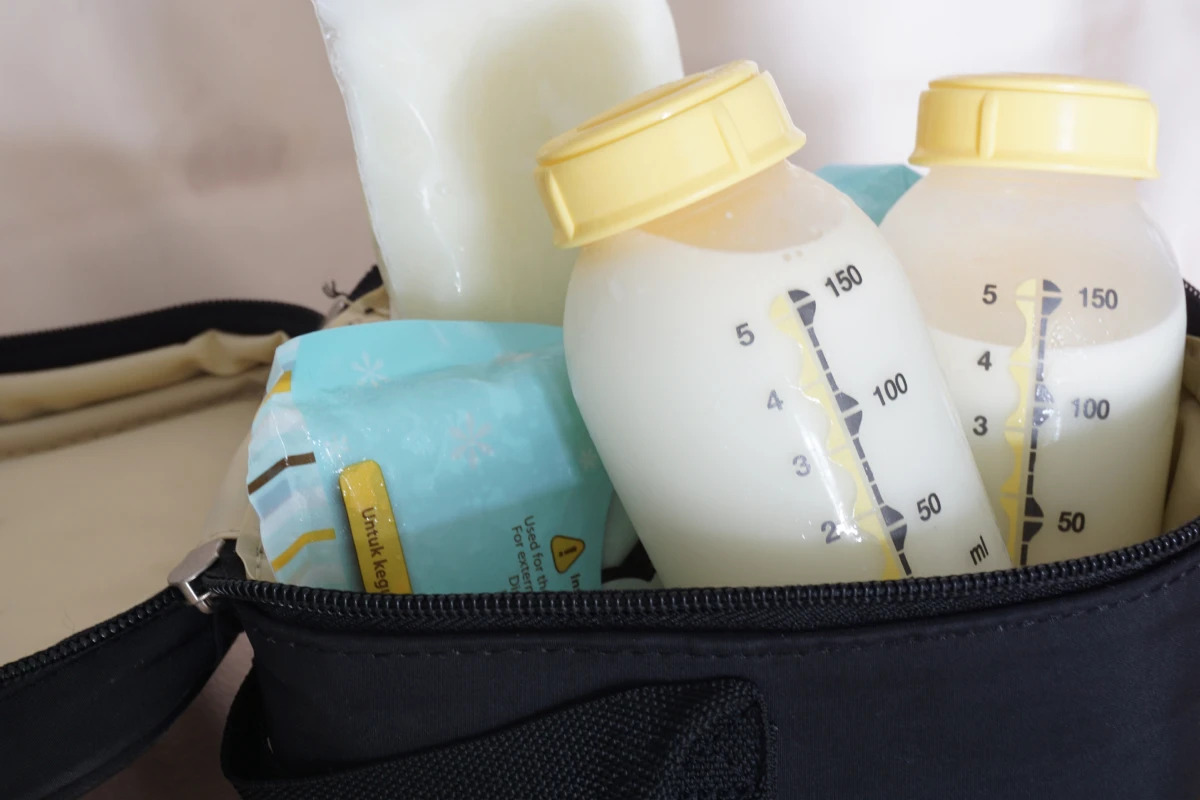
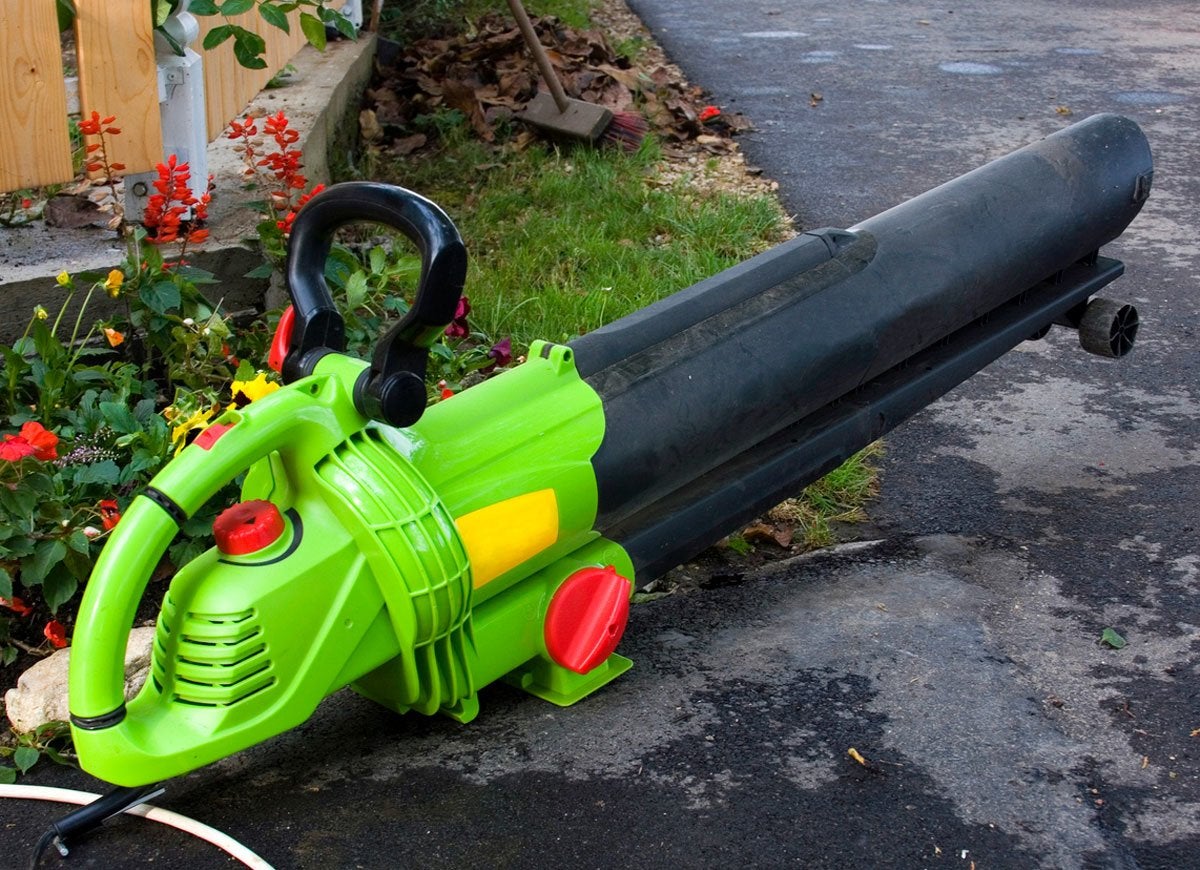
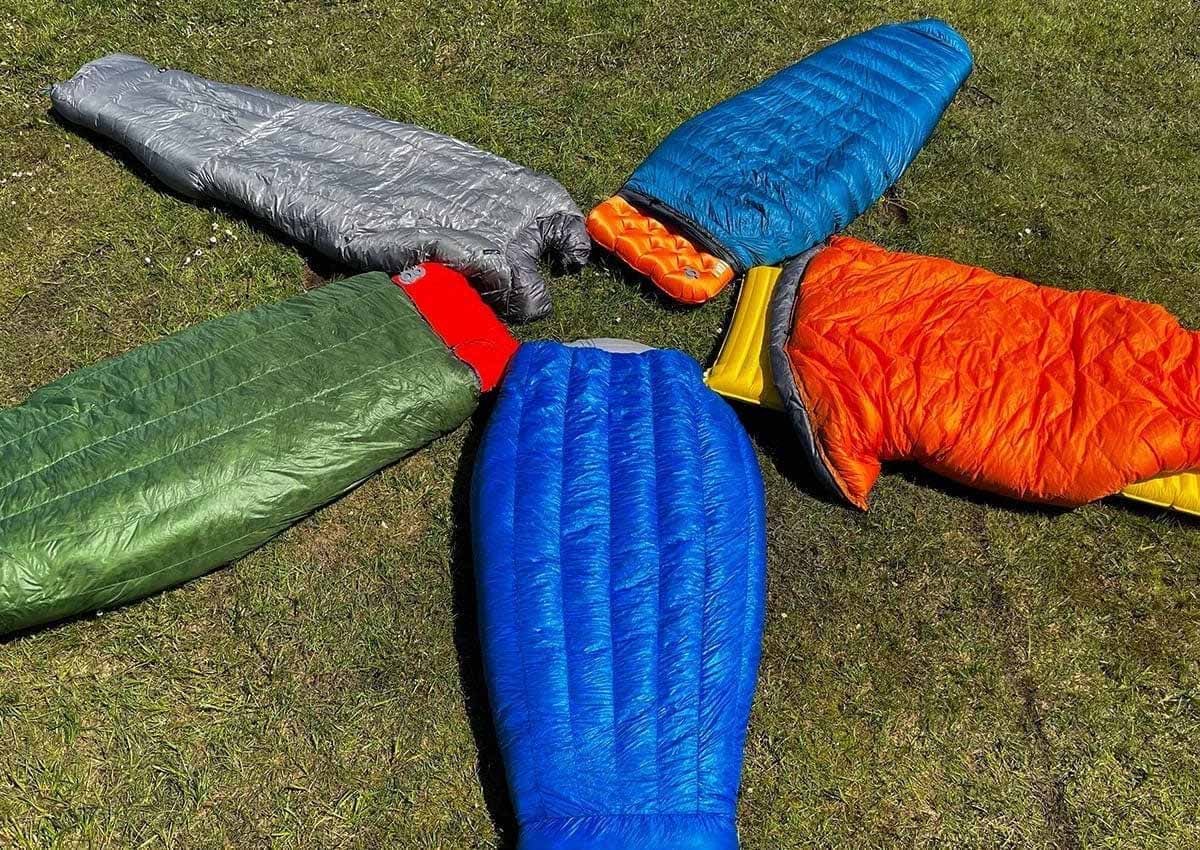
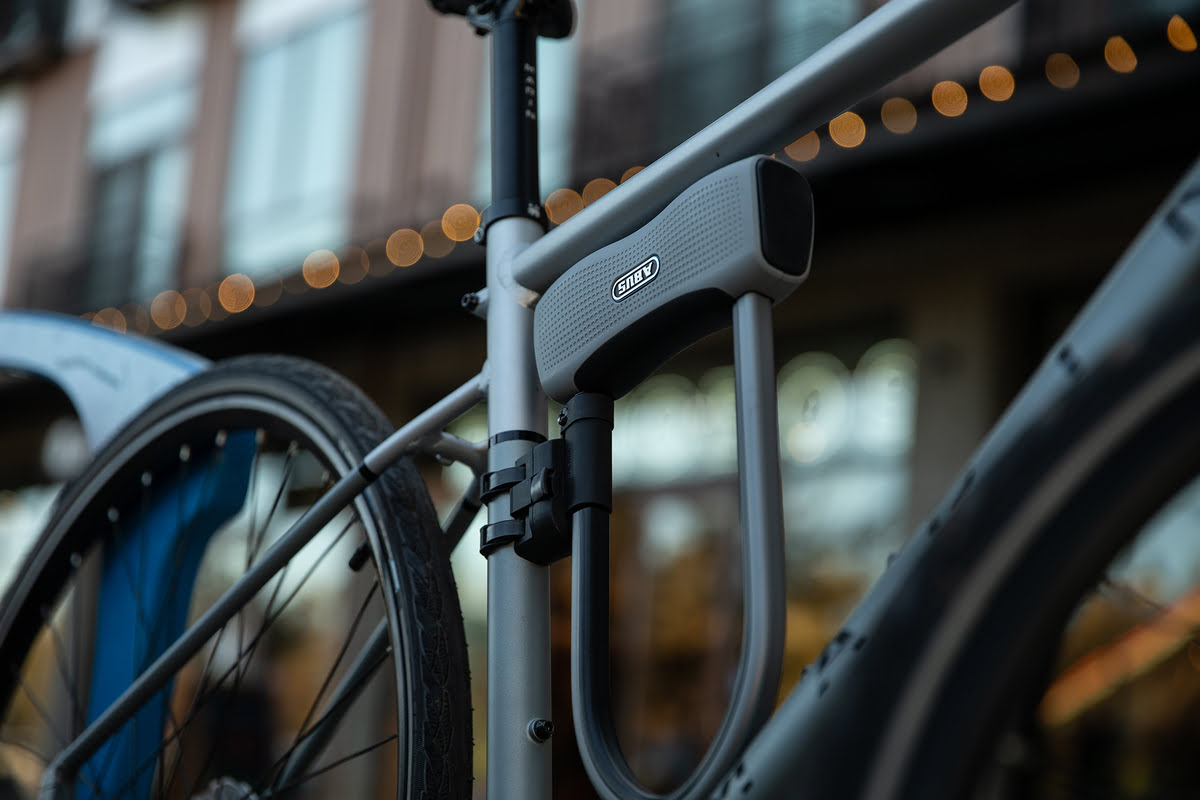
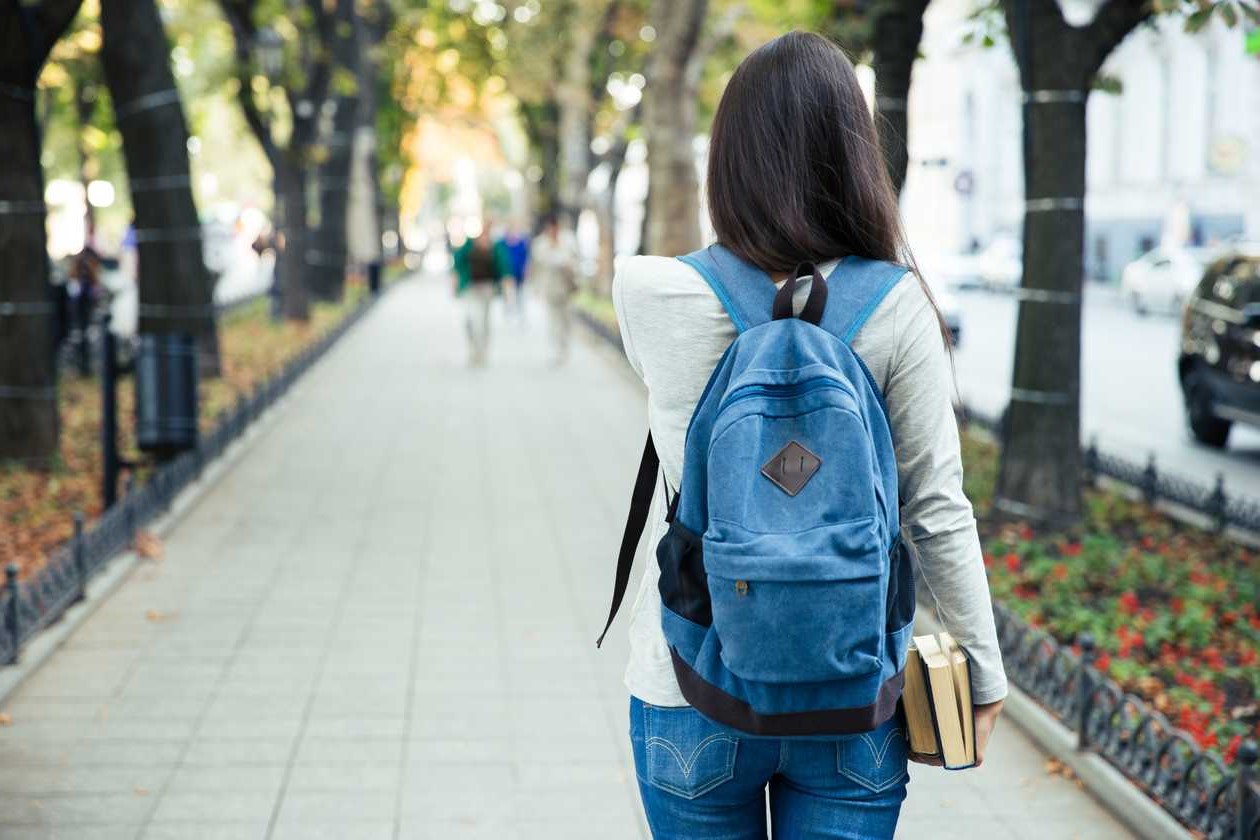
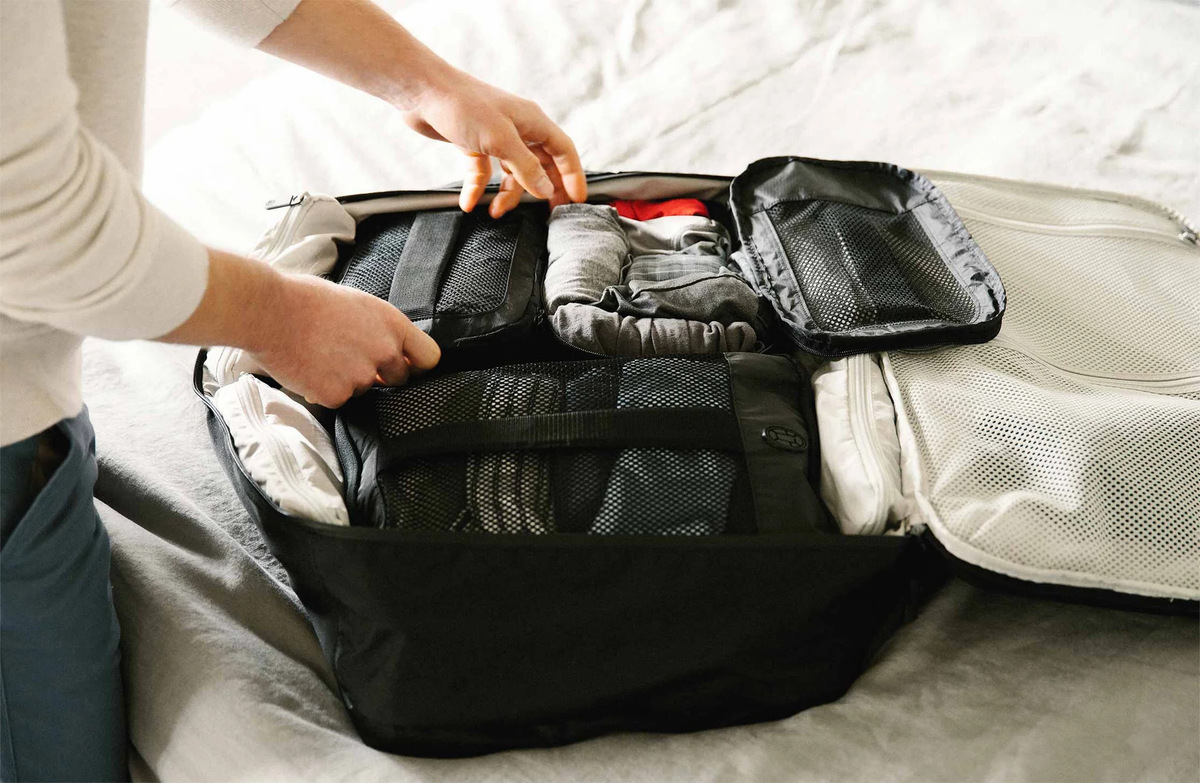
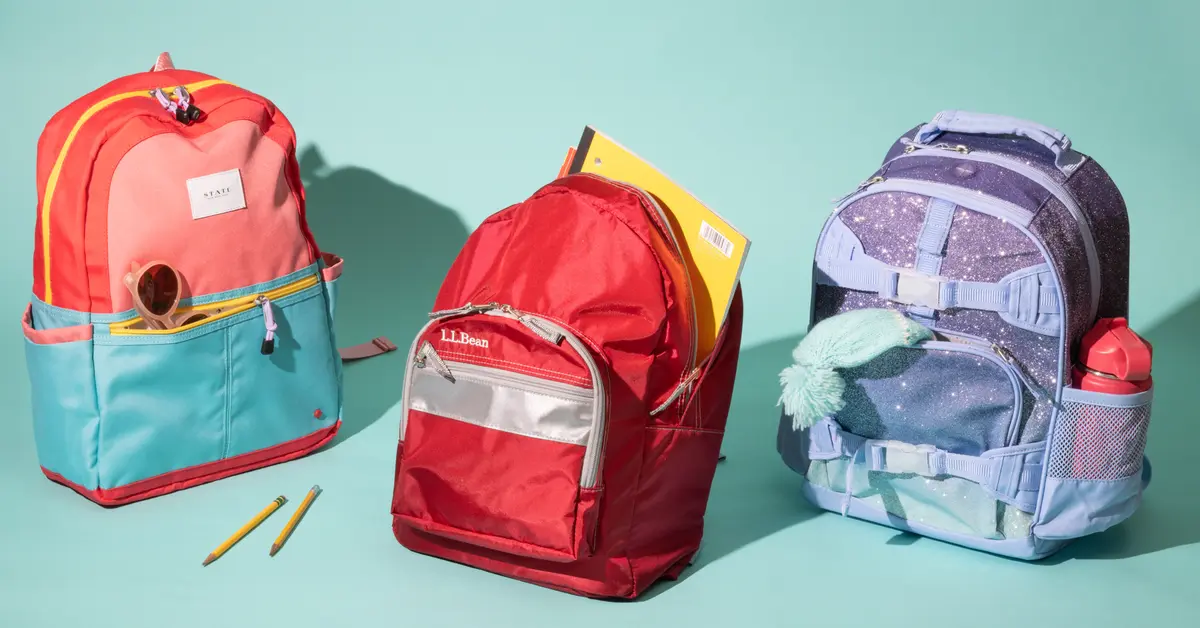

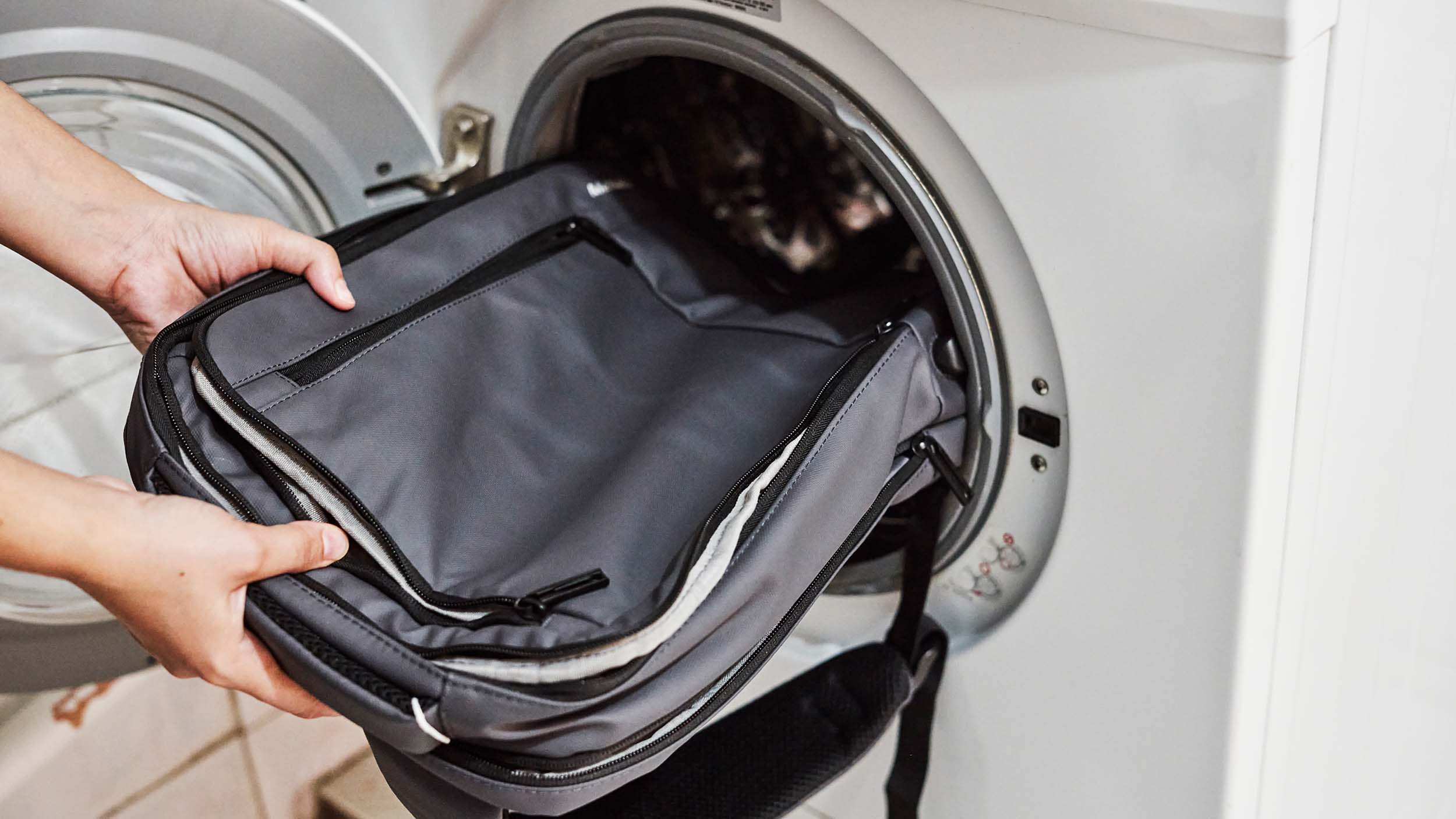
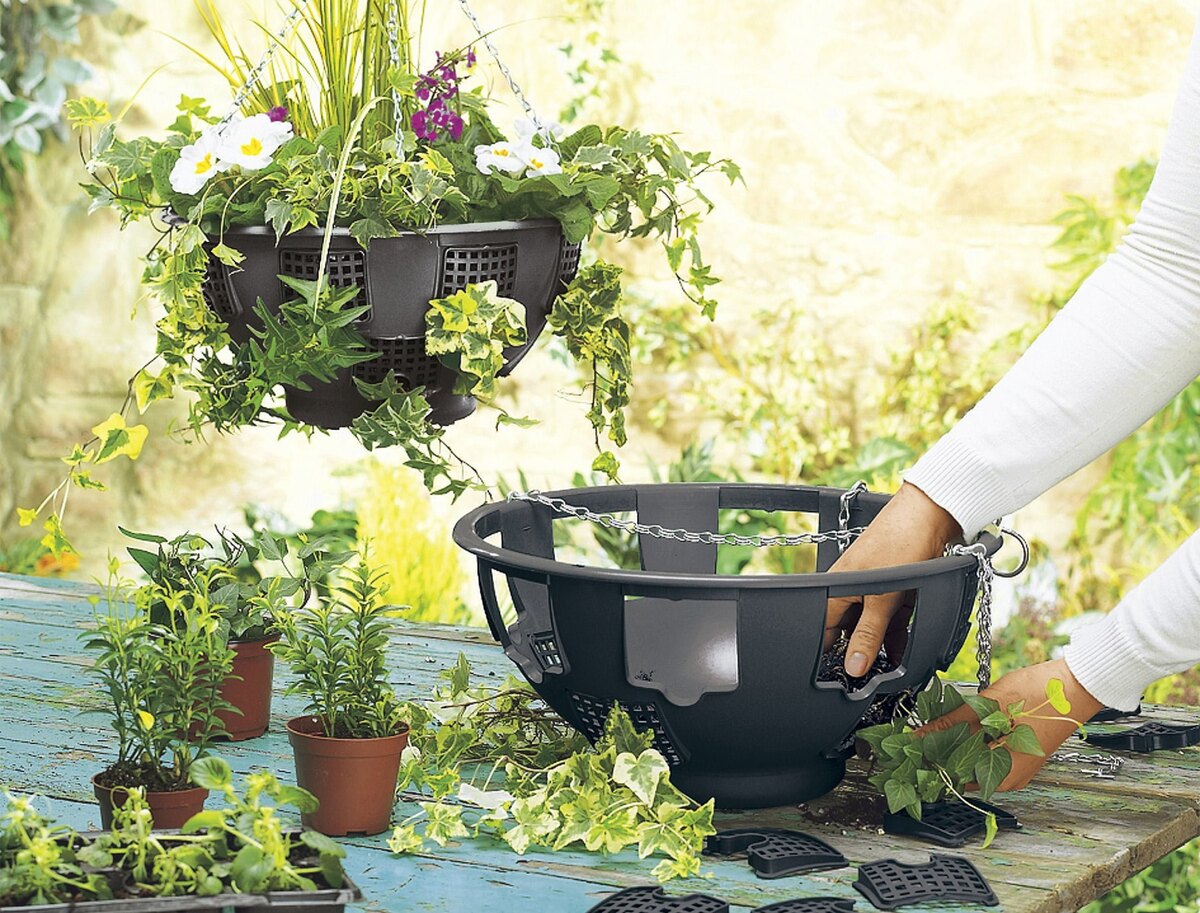

0 thoughts on “How To Store Food While Backpacking”